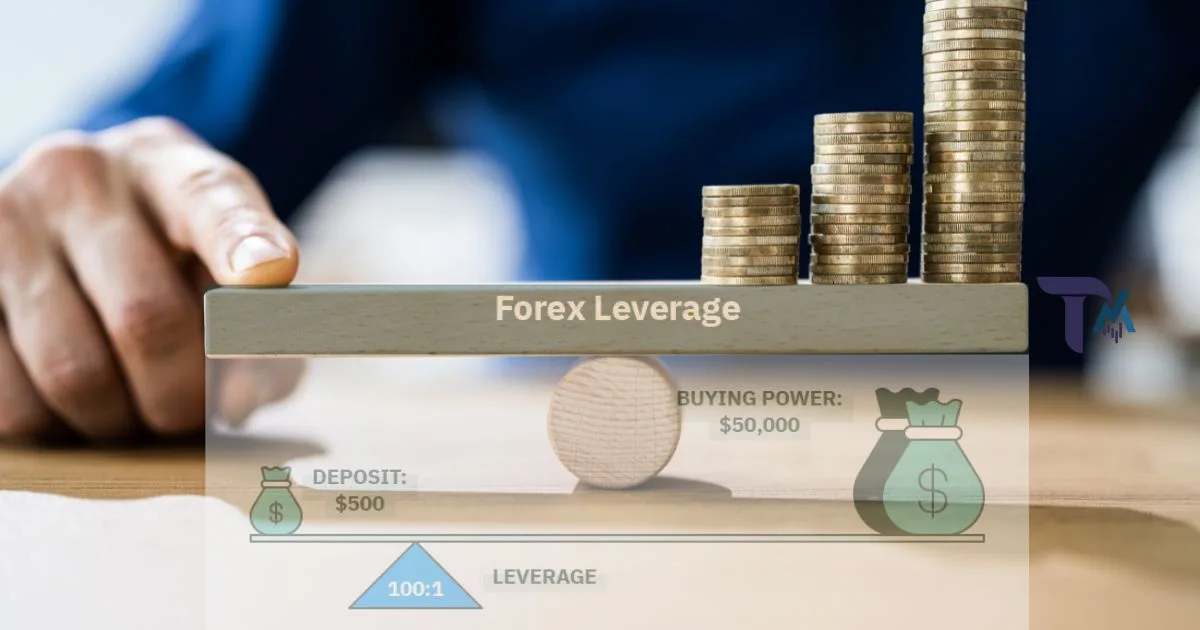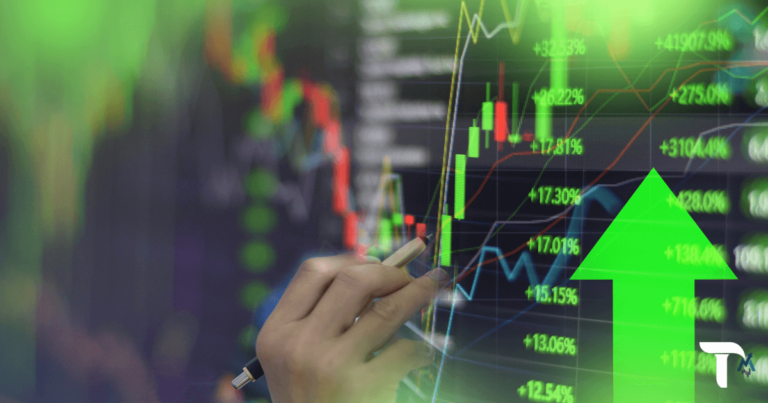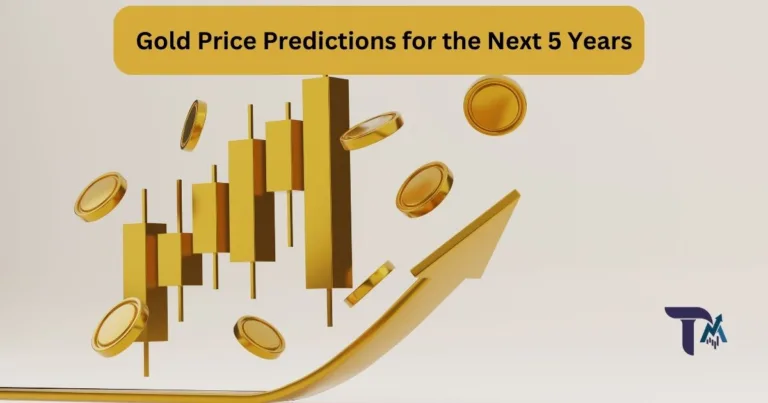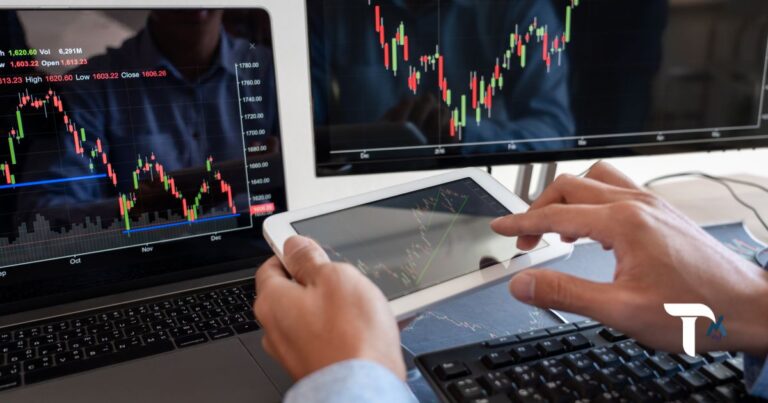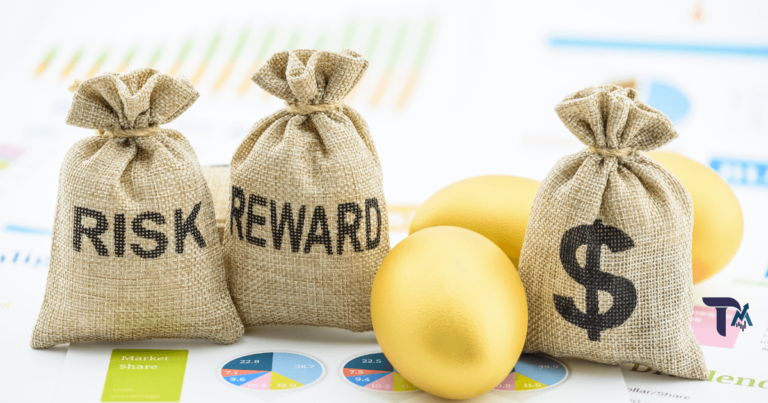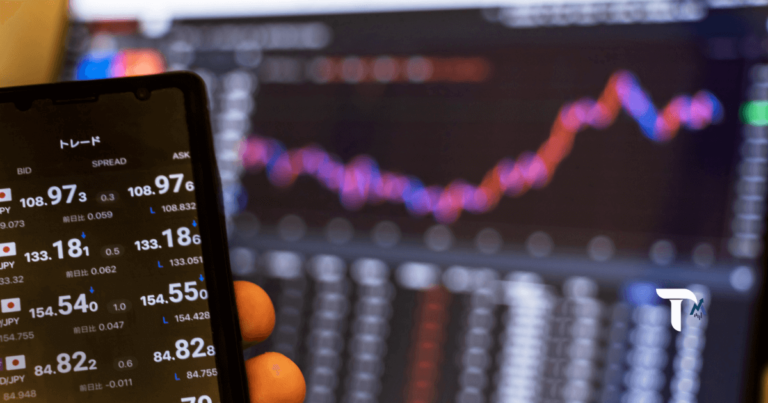How to trade with a high leverage? Tips & Tricks
Trading financial markets is like navigating an intricate maze of opportunities and risks. Among the tools at a trader’s disposal, leverage is a double-edged sword capable of magnifying gains and losses. In this article, How to trade with a high leverage we’ll look in-depth into high-leverage trading, deconstructing its nuances, pros, cons, and, most importantly, the strategies necessary for success in such an adrenaline-charged environment.
How to trade with a high leverage?
What Is Leverage?
Leverage can be seen as the turbocharger of trading. It enables traders to take on larger positions with lesser funds and thus multiply their impact through borrowed funds from brokers.
How Does Leverage Work?
Let’s say you have $1,000 in your trading account. Your broker provides you with a leverage ratio of 1:100. This enables you to control a position worth $100,000 on the market, acting like an amplifier that magnifies both gains and losses alike if the market moves in your favor, however, if it shifts against you quickly, then losses could soon add up.
Understanding the Power of Leverage in Trading
Leverage refers to increasing your trading position beyond your available capital and borrowing funds from your broker to increase market exposure and gain greater leverage. But with great power comes great responsibility, with the allure of large potential profits hidden behind seemingly small risks. Still, caution must always be exercised to avoid deep losses that can wipe out any trading account.
Exploring the Pros and Cons of High-Leverage Trading
High-leverage trading is a playground for risk-takers. On one hand, it requires less initial capital, giving small investors access to trade alongside larger market titans. Yet, on the other hand, market fluctuations can turn against you just as swiftly and lead to potentially devastating losses.
Introduction to High-Leverage Trading
Deliberating Leverage and Its Significance in Trading Imagine having multiple times more capital available for trading, increasing your potential returns exponentially. That is what leverage is all about; it helps take your trading prowess to new heights while simultaneously growing risk. However, it must be handled carefully to avoid an irreparable crash landing.
Deliberating between Low, Moderate, and High Leverage
Leverage doesn’t come in one size only – it comes in various degrees, from low to high. While lower leverage may offer some protection from significant losses, higher leverage magnifies your exposure while potentially increasing potential gains. Each level carries different risk-reward dynamics.
Factors to Consider Before Trading with High Leverage
Before plunging headfirst into high-leverage trading, careful consideration must be made. Your risk tolerance, trading experience, and market conditions should all affect your decision; diving unprepared can be like jumping headlong into an ocean without an inflatable life vest.
Building a Strong Foundation: How to trade with a high leverage
Mastering the Trading Basics: How to trade with a high leverage?
Reviewing the fundamentals benefits experienced traders and curious newcomers. Understanding market dynamics, order types, and forces influencing price movement lays a strong foundation for high-leverage trading success.
Strengthen Your Risk Management Skills: How to trade with a high leverage?

Risk management is at the center of trading. High leverage’s importance grows even greater; understanding when to set appropriate stop-loss orders, manage position sizes, and diversify your portfolio can protect you from market storms.
Finding a Reliable Trading Platform for High Leverage
Your trading platform serves as your cockpit; ensure it can keep pace with the speed and volatility of high-leverage trading by selecting platforms with robust risk management tools, real-time data feeds, and user-friendly interfaces that suit the quick decisions required in high-leverage trading.
Strategies for Successful High Leverage Trading
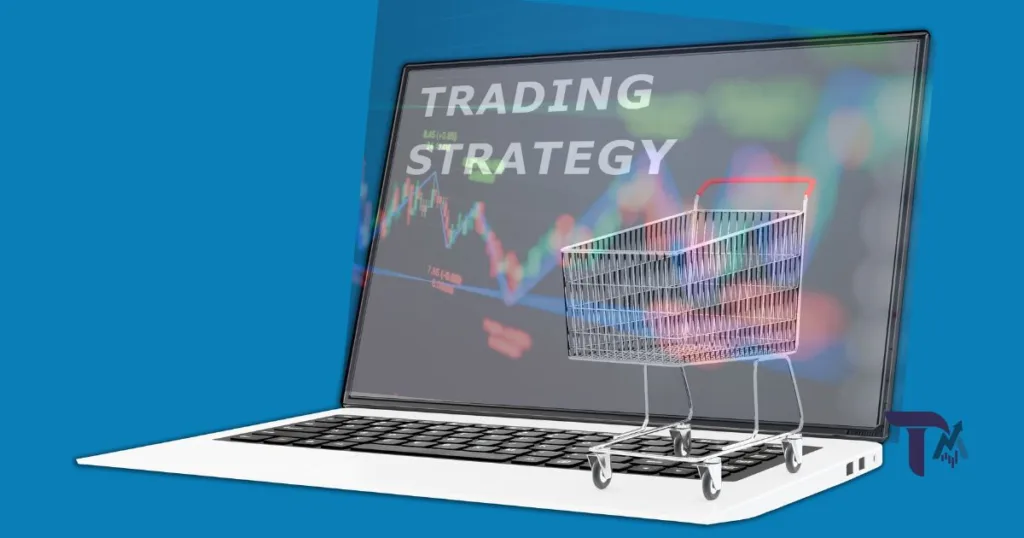
Scalping Techniques: Exploiting Small Price Movements
Scalping is an efficient strategy designed to take advantage of small price movements. This practice relies on rapid trades to take advantage of tiny price shifts; However, individual profits might initially seem small. Still, the cumulative effect can be substantial and requires sharp reflexes and an eye for market trends.
Day Trading Strategies with High Leverage
Day trading involves seizing opportunities within one trading day by leveraging high leverage to magnify these prospects. Effective day trading strategies involve technical analysis, momentum trading, and quick decision-making – three areas to watch out for!
Swing Trading Methods to Minimize Risk
Swing trading capitalizes on price “swings” over several days, seeking to capture large price movements while mitigating short-term volatility. High leverage can amplify potential profits, but patience and careful analysis must always come before risk.
Risk Management in High Leverage Trading
Stop-Loss and Take-Profit Orders
In high-leverage trading, stop-loss and take-profit orders are your safety nets. A stop-loss order limits potential losses by closing positions automatically when the market moves against you. In contrast, take-profit orders protect gains by closing positions when they reach predefined profit levels. Balancing these two is an art that every high-leverage trader must master.
Calculating Position Sizes with Leverage in Mind
Leverage changes the equation regarding position sizing: it’s no longer about how much money you want to invest; rather, it’s about how much exposure you can handle. Calculating position sizes when trading high leverage requires striking a delicate balance between potential profits and acceptable risks.
Diversification: Spreading Risk across Different Assets
“Don’t put all your eggs in one basket” has never been truer regarding high-leverage trading. By diversifying across several assets, diversifying your portfolio reduces the impact of single losses on overall capital. This risk mitigation strategy ensures that one asset decline does not ruin your trading venture altogether.
Psychological Preparedness
Developing a Resilient Trading Mindset
How to trade with a high leverage? High-leverage trading involves more than numbers; it requires emotional resilience. Volatility can bring up emotions like joy or despair in equal measure. A resilient mindset that keeps its nerve in times of both profit and loss is key for longevity in this fast-paced industry.
Handling Stress and Pressure in High Leverage Trades
Pressure in High Leverage Trades Trading high leverage can be stressful. Stakes are high, and decisions must be made quickly, which can create anxiety-inducing situations. Finding ways to manage stress, such as deep breathing exercises, meditation, or even just taking a step away from the screen for a moment, may make a substantial difference in keeping calm during these intense encounters.
Losses Are an Opportunity: How to trade with a high leverage?
Missteps and losses are inevitable in trading, especially at high leverage levels. Rather than dwelling on them, treat losses as invaluable lessons: review what went wrong, modify strategies accordingly, and emerge stronger. Losses can even catalyze greater success – especially at high leverage levels!
Market Analysis for High-Leverage Trades
Fundamental Analysis: Making Informed Decisions Based on News
News can move markets, especially high-leverage trading, where every tick counts. Fundamental analysis involves tracking economic indicators, geopolitical events, and corporate news to anticipate price movements. This information allows traders to make better decisions while in the heat of trading.
Technical Analysis Tools: Tailored for High Leverage Trading
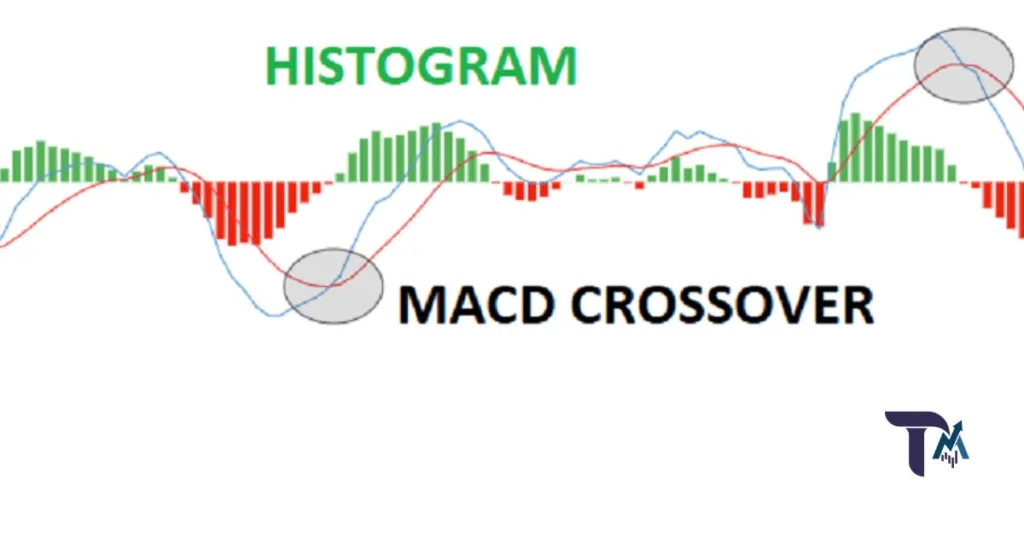
Technical analysis provides the tools to decipher price charts and patterns. In high-leverage trading, time is of the essence, so mastering indicators like moving averages, MACDs, and RSI can give you an advantage in identifying entry and exit points more quickly.
Utilizing Chart Patterns in High Leverage Scenarios
Chart patterns guide market behavior. Head and shoulders patterns, triangles, and flags all provide indications of potential price movements; by recognizing them in high-leverage trading scenarios, you can accurately forecast market trends and take advantage of opportunities as they arise.
Leveraging Tools and Resources
Leveraging Trading Signals for Quick Decisions
Trading signals provide insight into market price movements, giving us an edge to make snap decisions more quickly. By being utilized properly, these indicators may provide insight into potential price movements, which give high-leverage traders an edge when making split-second decisions.
Using Trading Robots and Algorithms Safely
Automated trading systems, known as trading robots or algorithms, execute trades for you based on predetermined criteria. While using such bots may improve your high-leverage strategy, it’s vital that they’re understood well and monitored closely so they stay aligned with your trading goals.
Learning from Successful High Leverage Traders: Case Studies
Reading up on the success stories of high-leverage traders can be immensely educational, providing invaluable lessons about strategies, risk management techniques, and decision-making processes that you can incorporate into your trading approach.
Staying Updated and Adapting
Keeping Abreast of Market Developments and Trends
Financial markets can be unpredictable environments. Keeping abreast of market developments is paramount for high-leverage traders to stay informed and take advantage of emerging opportunities.
Adapting Your Strategies to Changing Market Conditions
Staying informed allows for timely adjustments of strategies as new information arises. Market conditions are always shifting, so traders must adapt their strategies quickly in response to going market conditions to thrive in this dynamic environment. Flexibility and open minds are vital traits needed for success in high-leverage trading.
Avoid Overtrading and Burnout in High Leverage Scenarios
The allure of high-leverage trading can quickly lead to overtrading, where impulsive decisions replace rational analysis. Overtrading can quickly exhaust capital and mental reserves; recognize signs of overtrading, set clear boundaries to prevent burnout, and set realistic expectations when trading high-leverage scenarios
Learning from Mistakes: How to trade with a high leverage?
Common Pitfalls to Avoid in High Leverage Trading
High Leverage Trading Can Have Pitfalls Trading high leverage has its share of perils, many disguised as shortcuts to success. Overtrading, neglecting risk management, or failing to research adequately are among the many pitfalls that await even experienced traders; recognizing and understanding them is the first step toward avoiding them.
Greed and Impulsiveness in Decision-Making
How to trade with a high leverage? Greed and impulsiveness can be traders’ worst foes in decision-making. Leveraged trading can amplify these emotions, leading to hasty decisions that go against logic. Practicing self-discipline, setting clear profit targets, and maintaining an impartial perspective are proven strategies for combatting them.
Transforming Mistakes Into Valuable Learning Experiences
Mistakes are inevitable in life. Trading can be especially costly when mistakes happen quickly. Errors become expensive to rectify, but viewing losses as tuition fees for an invaluable trading education allows setbacks to become learning experiences to expand on, grow from, and refine one’s approach.
Regulatory and Legal Aspects
Understanding Leverage Limits Imposed by Authorities
Regulators impose limitations on the maximum leverage traders may use. Understanding and abiding by these regulations are vital to creating a safer, more successful, high-leverage trading journey.
Navigating Legal Requirements for High-Leverage Trading
Every region has different legal requirements when it comes to trading. From taxation and reporting obligations, understanding your commitments is critical in maintaining financial integrity and avoiding potential complications in the future.
Regulated Brokers to Assure Fair Trading Conditions
Selecting the appropriate broker can make or break your high-leverage trading experience. Look for brokers that meet industry standards to ensure fair trading conditions and transparent pricing and protect your interests as a trader.
Conclusion
How to trade with a high leverage. High-leverage trading can be an exhilarating world full of profits and pitfalls, so having a firm foundation, effective strategies, and an unwavering mindset are crucial if you wish to succeed in this dynamic landscape. Remember, challenges exist, but so do rewards; by adopting the lessons outlined here, you’re well on your way to mastering this exciting art and turning knowledge into profitable action.
Frequently Asked Questions
Trading using excessive leverage could be considered a dangerous strategy that should only be employed by skilled traders. Traders should take a careful look at their risk tolerance as well as their trading experience prior to using high leverage.

